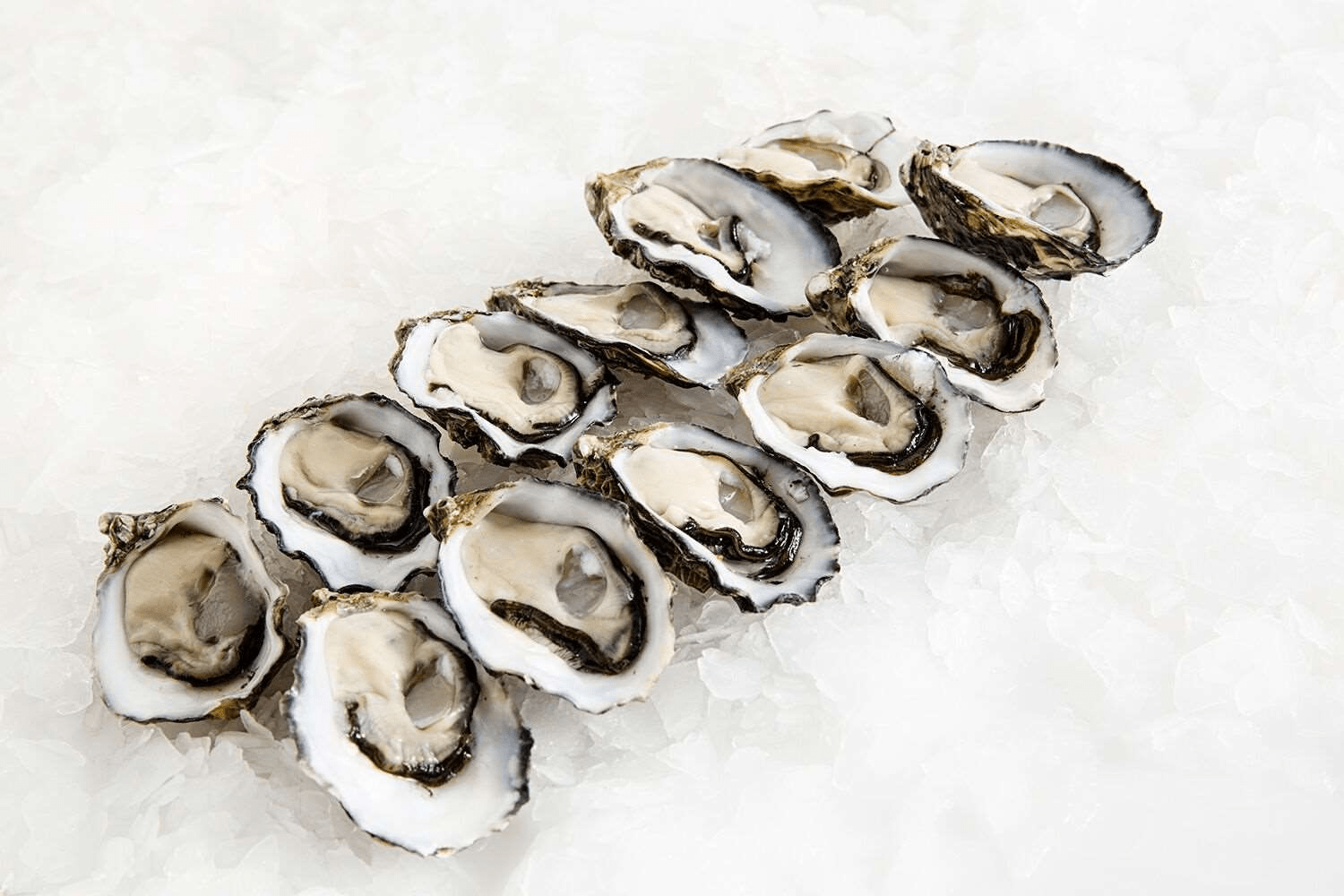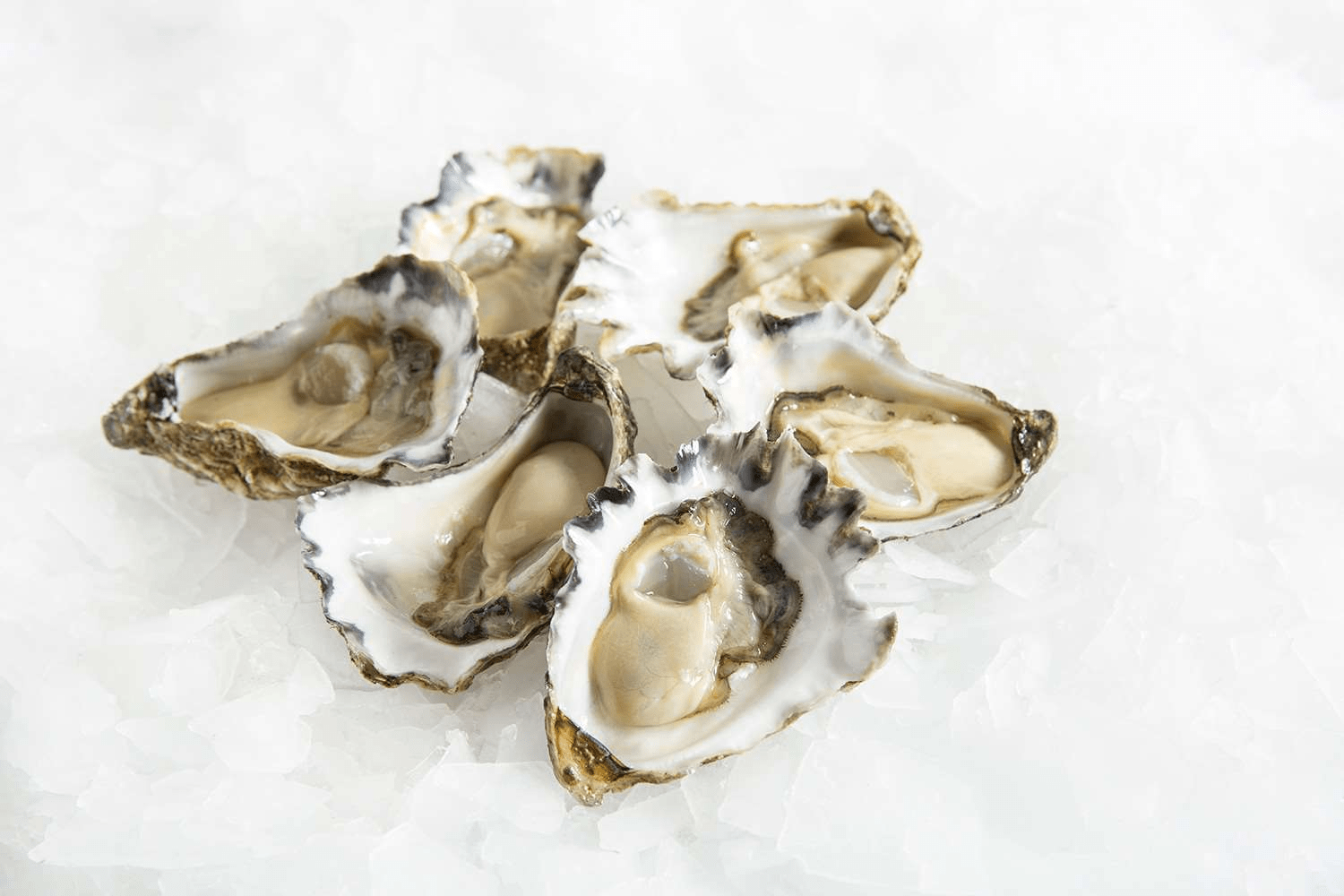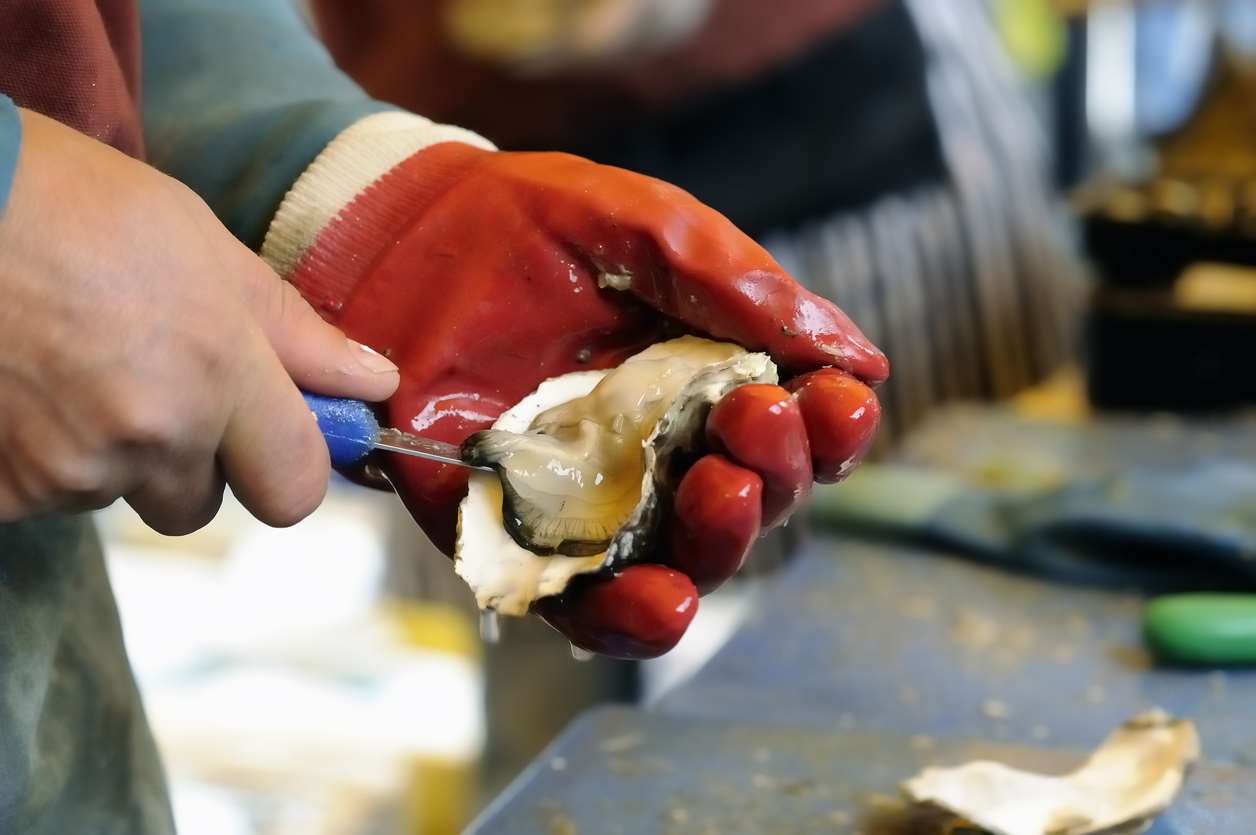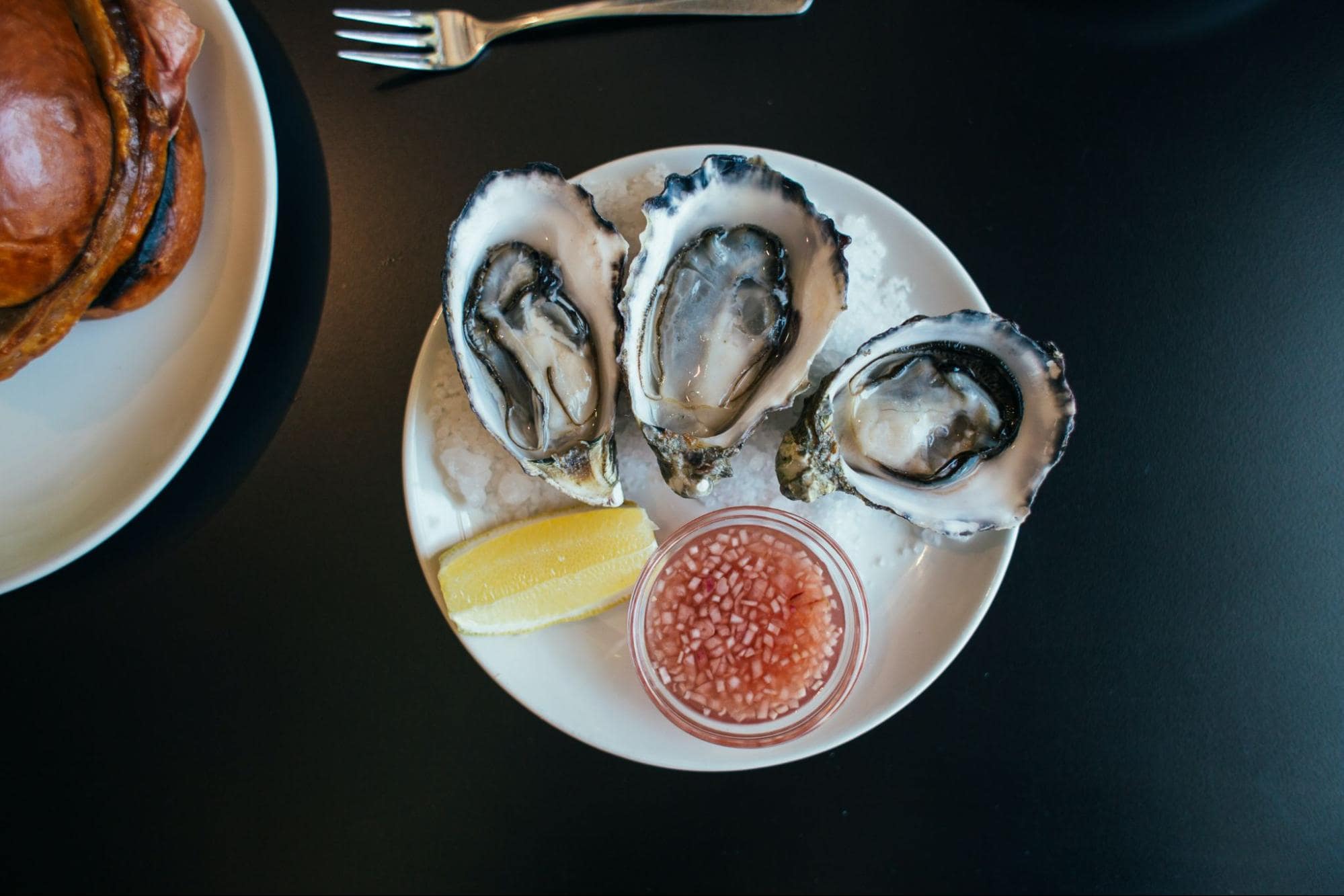

CHRISTMAS ORDERS ARE CLOSED!
CLICK HERE TO PLACE YOUR NYE ORDER.
Delivering for New Years on the 27th, 29th, 30th and 31st December direct to your door.



Oysters come in a variety of sizes. Pictured above are Pacific oysters, found in the southern regions of Australia.
Love ‘em or hate ‘em, oysters probably offer the most distinctive taste of any food served in a half shell. To anyone who’s never had them, we say they’re definitely worth a try. Oysters can be cooked in a variety of ways: baked, grilled, smoked, fried—you name it. But if you prefer to eat them raw, you’ll have to learn how to shuck them.
When eating raw oysters especially, you want to make sure they’re fresh and of good quality. To make sure you’re getting the best oysters, here are a few things to keep in mind:

Fresh oysters bought from Manettas like these Sydney rock oysters are already shucked completely open.
Live oysters are best consumed within two days of purchase. Store oysters properly, and they can last for up to seven days or more. Once shucked, they’ll remain good for consumption for a maximum of five days, provided they are refrigerated.
Quick storage tips: To increase the shelf life of your freshly bought oysters, make sure to store them the right way. For this, you need to set the temperature of your fridge between 0 and 5 degrees Celsius.
Place the oysters in a bowl or colander with the cupped side down to ensure their juices don’t leak out. Cover them with a damp cloth before placing them inside the fridge. For shucked oysters, place them atop layers of ice. You may also cover them with a damp towel before placing them inside the fridge.
Arm yourself with an oyster knife that has a special dull-pointed, thick-bladed knife. Before shucking, oysters should be vigorously scrubbed under cold water to remove any dirt, mud or sand from the outer shell. Shucking takes some practice, so keep at it and soon it will be second nature to you.
Why not shop LIVE (Closed) Oysters today and shuck them fresh at your next event to impress your friends – browse our website at Manettas Seafood Market – simply enter your suburb and you will see hundreds of products available in your area.
It’s important that you use an oyster knife as your shucking knife. As you may know, opening oysters can be tricky at first. Oyster knives often have textured handles, which could help them from slipping off your hand. The rigid knife blade and small point make it easy to get inside and eventually open oysters.
In the absence of an oyster knife, however, you may use a sharp paring knife as your oyster shucker. Be sure to take extra caution!

Utmost care is needed when you’re shucking an oyster. So follow our handy tips!
Hold the oyster firmly on a board, wrap your hand in a tea towel or kitchen towel for protection, with the hinge end of the shell protruding.
Insert the knife tip into the hinge of the oyster, making sure it’s firmly planted between the top shell and the bottom shell. Then, dig slowly and firmly with a burrowing motion. Don’t use too much force or you’ll slip and cut yourself.
Eventually you will feel the knife penetrate the shell; give it a twist and you’ll hear the little pop as it opens.
Finally, slide the knife along beneath the top shell. Once the lid is off, slide the knife beneath the oyster to cut the adductor muscle, which is attached to the top and bottom shells, keeping the oyster closed. With the two shells completely separated, you now have a freshly shucked oyster.
With a freshly shucked oyster in your hand, there’s no reason to make your taste buds wait for long. These bivalve mollusks are great to enjoy as they are, but if you want to get the most flavour out of them, you’ve got to pair them with something acidic.
Lemon juice and plain vinegar should be good, but if you want something that would really bring out their briny notes, go for champagne mignonette or cocktail sauce. Some people swear by swallowing the whole oyster, but chewing is the way to go to get the full flavour.

To oyster lovers, freshly shucked oysters are a thing of beauty